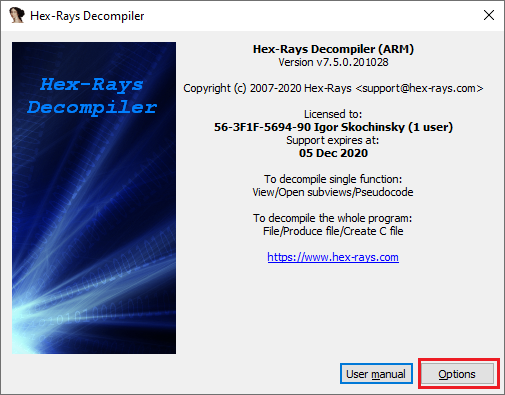
*len = buffer_avail_bytes(this2->decrypted_input_buffer) Packet_type = buffer_get_u8(this2->decrypted_input_buffer) Ptr = buffer_get_data_ptr(this2->compression_buffer_in) īuffer_add_data_and_alloc(this2->decrypted_input_buffer, ptr, avail_len) If ( padding decrypted_input_buffer, 5u) īuffer_skip_end(this2->decrypted_input_buffer, padding) īuffer_reinit(this2->compression_buffer_in) īuffer_reinit(this2->decrypted_input_buffer) Īvail_len = buffer_avail_bytes(this2->compression_buffer_in) It’s our job to add symbol names, identify classes and set up all the information to help hex-rays in giving us a reliable and certainly understandable output: padding = *Dst Here’s a sample of what you get with Hex-rays when you start up digging into an interesting function: v81 = 9 This was the first time I seriously studied a C++ codebase, using IDA as the only source of information, and found it quite hard.

During my holidays, I had plenty of time to study and reverse a program, which was completely coded in C++.


 0 kommentar(er)
0 kommentar(er)
